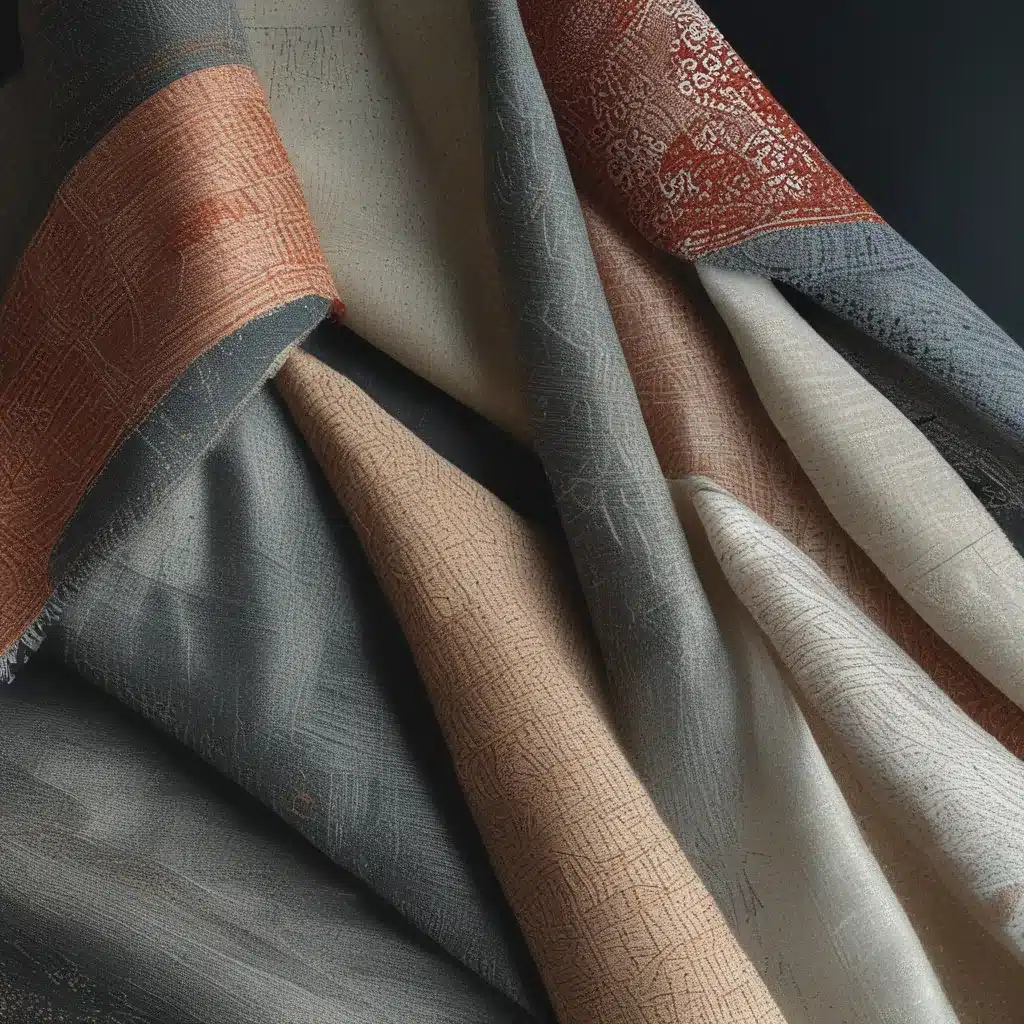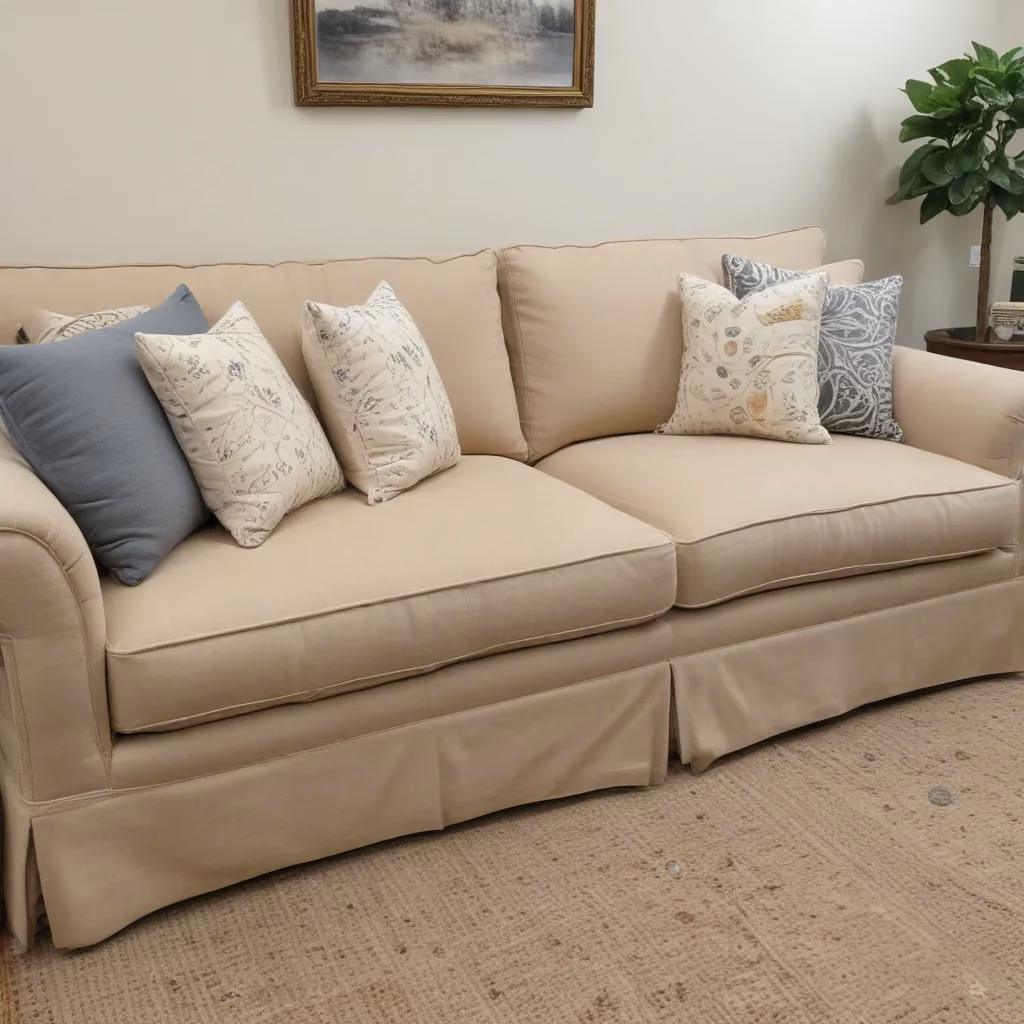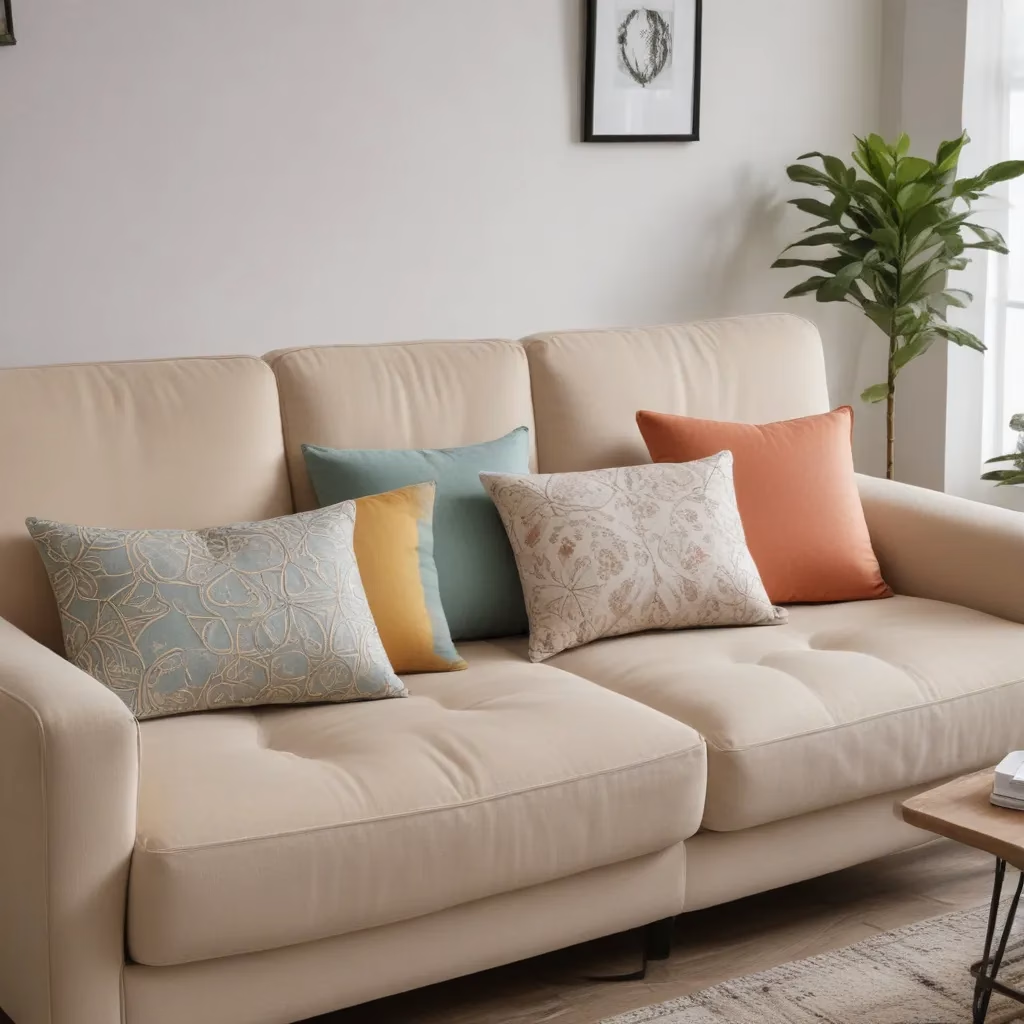Textile Traditions Reimagined for the Modern Home
If you had told me a decade ago that I’d be weaving my own textiles and sewing custom sofas, I likely would have laughed in your face. As a self-proclaimed textile enthusiast, my interests tended to lie more in the realm of admiring the craftsmanship of others rather than creating anything myself. That all changed, however, when I stumbled upon the world of Sofas Spectacular, a custom sofa company in the UK that inspired me to get my hands dirty and rediscover the joys of working with traditional textiles.
Traditions and Textiles Collide
It all started when I visited the Sofas Spectacular showroom in London. I was immediately captivated by the rich tapestry of fabrics and patterns adorning their stunning sofa designs. What struck me most, however, was the way they seamlessly blended timeless textile traditions with a distinctly contemporary aesthetic.
As I delved deeper into their design process, I learned about the company’s deep appreciation for historic textile techniques. From the intricate shibori patterns of Japan to the vibrant kente cloths of Ghana, the team at Sofas Spectacular drew inspiration from all corners of the globe to create their unique furniture pieces. Yet, they managed to reinvent these traditional textiles in a way that felt fresh, modern, and utterly irresistible.
Rediscovering the Art of Textile Craftsmanship
Inspired by Sofas Spectacular’s approach, I decided to embark on my own textile journey. I began by immersing myself in the world of traditional textile techniques, seeking out workshops and classes that would teach me the fundamentals of weaving, dyeing, and embroidery.
My first stop was a shibori workshop led by a renowned Japanese textile artist. As I sat hunched over a vat of indigo dye, methodically binding and folding the delicate fabric, I was transported to a quieter, more meditative time. The rhythmic motion of the process and the depth of color that gradually emerged onto the cloth filled me with a sense of wonder and appreciation for the care and skill required to create these stunning textiles.
Next, I traveled to Ghana, where I had the opportunity to learn from local artisans about the intricate process of kente cloth weaving. Watching the skilled weavers shuttle the brightly colored threads back and forth on their wooden looms was mesmerizing, and I marveled at the way they seamlessly combined traditional patterns with modern, eye-catching designs.
Infusing the Old with the New
Armed with a newfound respect for these time-honored textile traditions, I returned home, eager to apply what I had learned to my own creative projects. I began experimenting with different techniques, blending the old with the new in unexpected ways.
For one of my first DIY sofa projects, I decided to incorporate shibori-dyed fabric into the design. Using a resist-dyeing method, I created intricate patterns of swirls and waves, which I then carefully upholstered onto the sofa frame. The result was a stunning piece that celebrated the beauty of traditional Japanese craftsmanship while offering a contemporary twist.
Another of my favorite creations involved repurposing vintage kente cloth scraps. I spent hours carefully piecing together the vibrant, geometric patterns, creating a visually captivating patchwork that I used to cover the seat cushions of a mid-century modern sofa. The juxtaposition of the traditional textile and the sleek, clean-lined furniture design was both unexpected and utterly enchanting.
Embracing the Imperfections
As I continued to experiment with these traditional textile techniques, I learned that perfection was not the ultimate goal. In fact, some of my most cherished pieces were those that embraced the natural imperfections and idiosyncrasies inherent in handmade textiles.
Take, for example, the time I attempted to recreate the paste-resist patterns of yuzen-dyed fabrics on a set of throw pillows. Despite my best efforts, the dye bled and blurred in ways I hadn’t anticipated, resulting in a one-of-a-kind design that was far from the precision I had envisioned. Yet, it was this very imperfection that gave the pillows their unique charm and character.
Similarly, when working with the irregularities of hand-loomed kente cloth, I found that leaning into the organic nature of the textile often produced the most visually compelling results. The slight variances in thread tension, the uneven edges, and the occasional missed pick in the weave all contributed to the overall depth and dynamism of the final product.
A Celebration of the Handmade
As I reflect on my journey into the world of textile design, I am struck by the profound sense of connection and appreciation I now feel for the rich heritage of these ancient crafts. By immersing myself in the traditions of shibori, kente, and yuzen, I have not only developed a deeper understanding of the skill and artistry required to create these stunning textiles but also a newfound respect for the human hands that bring them to life.
In a world that is increasingly dominated by mass-produced, homogenized goods, the custom sofas and home furnishings created by Sofas Spectacular stand as a beacon of individuality and craftsmanship. Each piece is a unique testament to the power of the handmade, a celebration of the imperfections and idiosyncrasies that make them truly one-of-a-kind.
So, if you’re in the market for a sofa that is as much a work of art as it is a functional piece of furniture, I urge you to explore the offerings of Sofas Spectacular. Prepare to be captivated by the seamless integration of time-honored textile traditions and contemporary design, and get ready to add a touch of handcrafted beauty to your living space.




